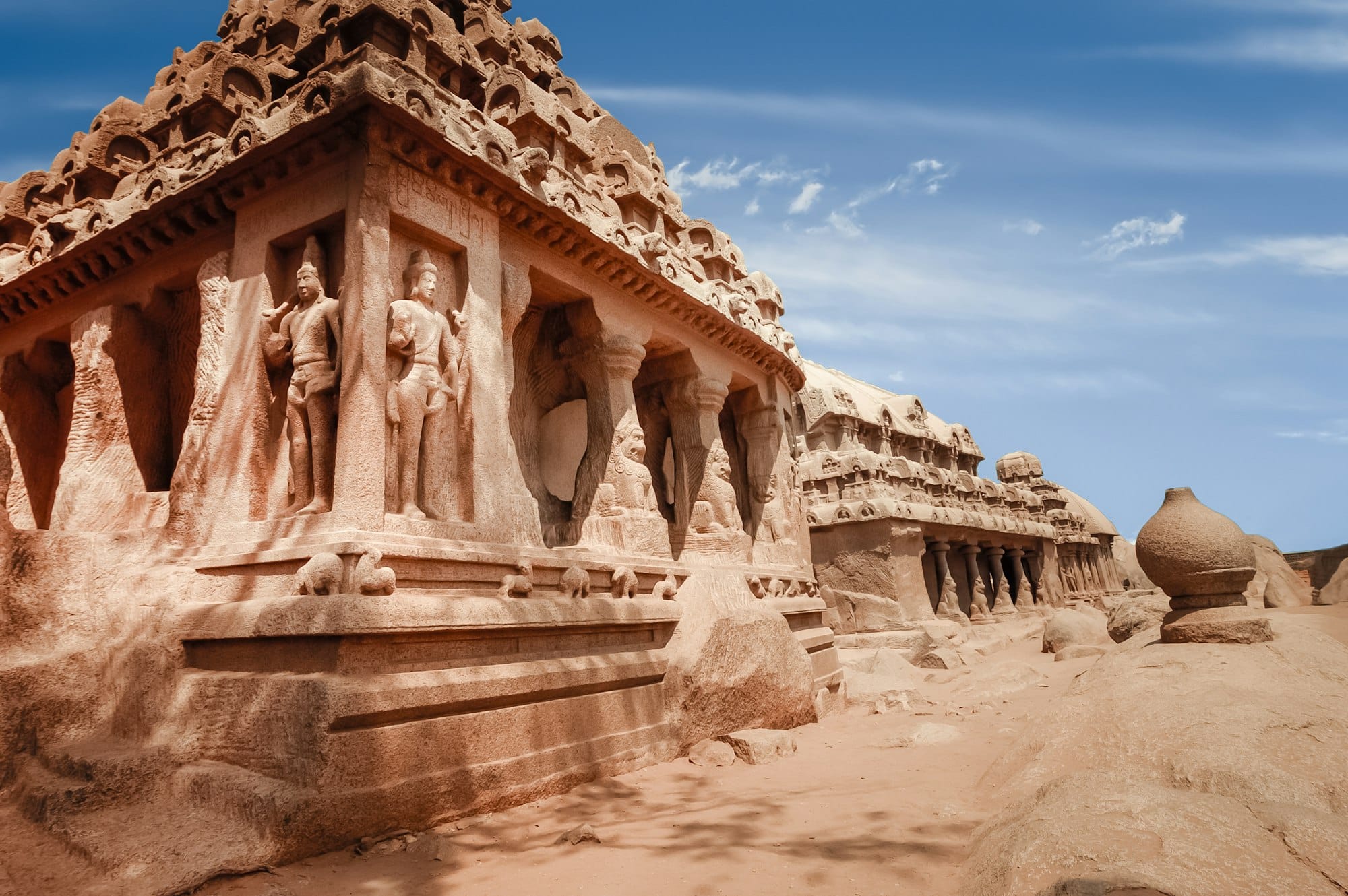Wales is a country steeped in history and heritage, with a rich industrial past that has shaped its present. Known for its rugged coastline, national parks, and Celtic culture, it is also renowned for its former coal mining industry. The Welsh coal mines once fueled the British Empire’s industrial revolution, and today, you can delve into this fascinating chapter of history through various means. This article will guide you through the best experiences to explore the heritage of the British coal mining industry in Wales.
Exploring Cardiff’s Mining Heritage
Cardiff, the capital city of Wales, is a perfect starting point for any exploration of the country’s mining heritage. Its proximity to the coal-rich valleys of South Wales made it a crucial hub for the coal industry during its heyday.
Also read : Experience more with the visit london pass: your ultimate guide
The Cardiff Story Museum is an excellent place to immerse yourself in the city’s history. The museum’s coal mining exhibits provide an insight into the role that coal played in shaping Cardiff’s identity. Interactive displays and artifacts such as miners’ tools, photographs, and personal accounts offer a glimpse into the lives of the men who worked in the pits.
Not far from Cardiff, in the quaint town of Pontypridd, you can visit The Welsh Mining Experience at Rhondda Heritage Park. This former coal mine lets you journey underground on the ‘Black Gold Experience’ tour, led by miners who regale you with stories from the coalface.
Also to read : What are the essential tips for participating in a traditional pub quiz night in England?
Underground Mine Tours
One of the most authentic ways to delve into the coal mining history of Wales is by embarking on an underground mine tour. These tours transport you back in time, deep into the heart of the former working mines, offering an unfiltered view of the challenging conditions faced by the miners.
The Big Pit National Coal Museum in Blaenavon is a real coal mine and one of Britain’s leading mining museums. Donning a hard hat, lamp, and self-rescuer, you will descend 300 feet underground, led by former pit workers who will share their firsthand experiences of the miner’s life.
In the Swansea Valley, the National Showcaves Centre for Wales houses the Dan-yr-Ogof Showcave, which showcases the region’s mining history alongside stunning natural formations. Here, you can explore a realistic coal mine recreation, complete with sound and lighting effects to simulate the underground atmosphere.
The Collieries of South Wales
The valleys of South Wales were once dotted with collieries, the facilities where coal was extracted, processed, and shipped. Today, several of these have been preserved and converted into museums that offer a tangible link to the region’s mining past.
The Cefn Coed Colliery Museum in the Dulais Valley is a must-visit. Once the deepest anthracite coal mine in the world, the colliery now houses a museum showcasing mining machinery, miners’ personal belongings, and an extensive photographic archive.
Another significant site is the Aberdare Colliery, now part of the Dare Valley Country Park. The park houses the former colliery’s winding house and engine room, offering a glimpse into the industrial machinery used in the mines.
Celebrating Welsh Mining Heritage
Beyond museums and mine tours, Wales celebrates its mining heritage through various events and festivals. These gatherings offer a unique cultural immersion, bringing together the past and the present in memorable experiences.
The Rhondda Heritage Festival is a week-long event celebrating the mining history of the Rhondda Valley. The festival includes historical reenactments, demonstrations of traditional mining techniques, live music, and traditional Welsh food.
In Blaenavon, the annual Blaenavon Heritage Day is a family-friendly event featuring a miner’s parade, brass band performances, and steam engine rides. The highlight is a dramatic reenactment of the Man Engine Ceremony, a traditional miners’ ritual.
Mining Heritage for the Whole Family
Exploring the coal mining history of Wales can be a family-friendly adventure. Many of the museums and heritage sites offer child-friendly exhibits and activities that make learning about the past fun and engaging.
The Rhondda Heritage Park offers interactive, hands-on exhibits for children of all ages, as well as an outdoor play area. At the Big Pit National Coal Museum, children can take part in a ‘Junior Miner’ tour, designed to be less scary but still informative. The museum also offers educational workshops and activity packs to help young visitors understand the significance of coal mining in Welsh history.
Remember, every visit to these sites contributes to their preservation and the continuation of their stories. By exploring the coal mining heritage of Wales, you’re not just learning about the past – you’re helping to ensure that this important chapter of history is not forgotten.
The History of Coal Mining in Wales
In the 19th and early 20th centuries, Wales was one of the world’s foremost coal producers. The South Wales Valleys, in particular, became a hub of industrial activity, with towns like Merthyr Tydfil, Aberdare, and Rhondda becoming synonymous with coal mining. The story of how coal transformed Wales – and the United Kingdom as a whole – is one of the most significant chapters of the Industrial Revolution.
At the height of the industry’s boom, Wales boasted more than 620 mines. However, by the late 20th century, the industry had all but disappeared. Despite this, reminders of the coal mining era can still be seen across the country, particularly in its architecture, landscapes, and in the stories of the communities that thrived during this era.
The Big Pit National Coal Museum offers an excellent primer of this history, with impressive exhibitions that chart the rise and fall of the Welsh coal industry. The museum sits on the site of a former working mine, and visitors can explore its network of underground tunnels. Similarly, the Rhondda Heritage Park offers an immersive look at the mining experience, complete with a tour that takes you 300ft below ground.
Visitors will also find numerous heritage sites across South Wales, where the remains of former collieries stand as stoic reminders of the region’s industrial past. Sites such as the Cefn Coed Colliery Museum and the Aberdare Colliery offer a chance to see the machinery and tools that were used in the mines and learn about the miners’ grueling work conditions.
Remember, each visit to these sites helps in preserving this crucial part of Welsh history. By exploring the heritage of the British coal mining industry in Wales, you are helping to ensure that this vital chapter of history is kept alive.
The coal industry has left an indelible mark on the landscape and culture of Wales. The region’s rich mining heritage is a testament to the resilience and spirit of its people, who weathered the harsh conditions of the mines and built thriving communities amidst the coal dust.
Whether you’re walking through the halls of the Big Pit National Coal Museum, exploring the underground tunnels of the Rhondda Heritage Park, or admiring the remnants of the former collieries scattered across South Wales, the legacy of Wales’s coal mining past is ever-present.
The stories of the miners, their families, and the communities that were built around the mines are integral to understanding the history of Wales and the United Kingdom. Embracing this heritage allows us to appreciate the sacrifices made by those who worked in the mines and to recognize their contributions to shaping the world as we know it today.
By visiting these sites, you’re not just learning about the past – you’re becoming part of the ongoing story, helping to preserve and honour the memory of Wales’s coal mining heritage for future generations.
















